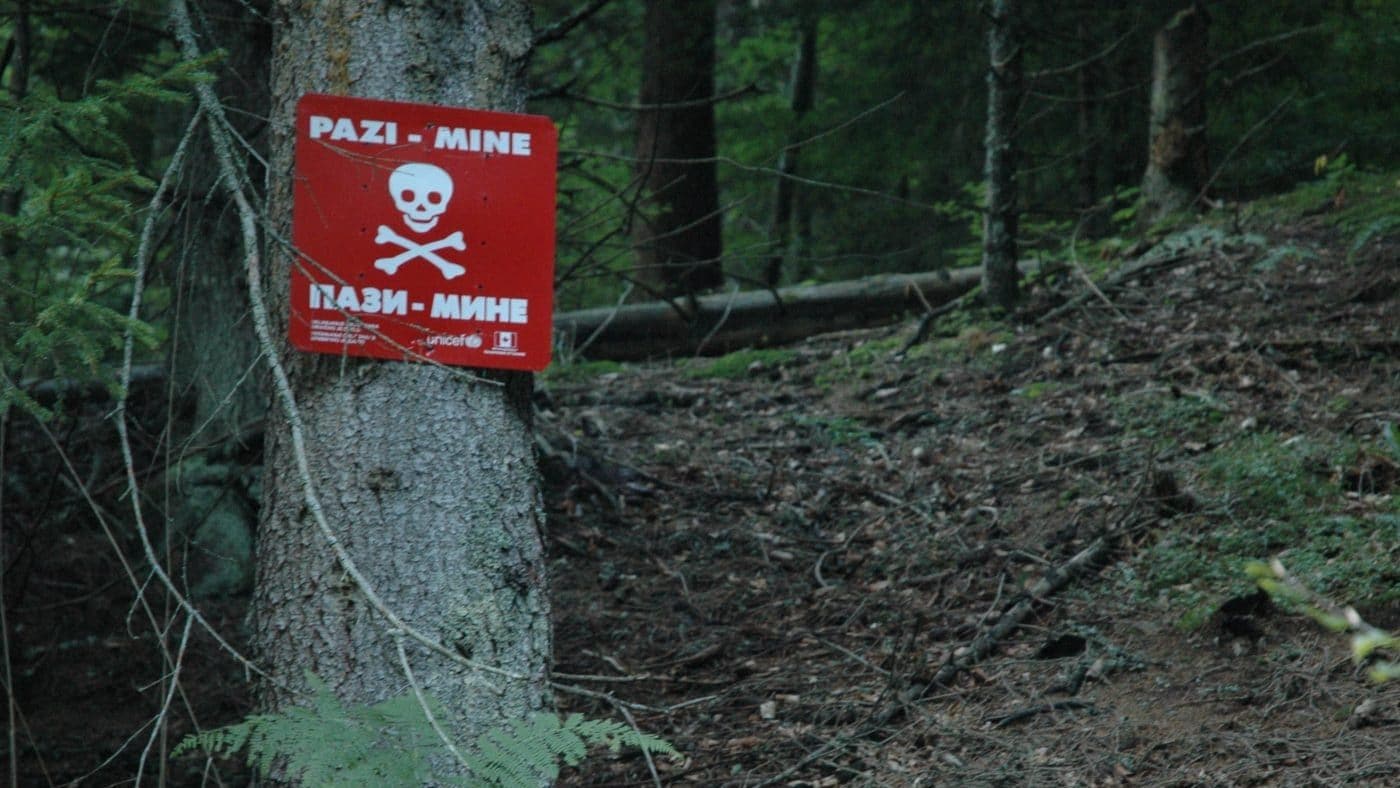26/03/2023 Bosnia-Erzegovina, (Bosna i Hercegovina-Босна и Херцеговина), Repubblica Serba (Република Српска-Republika Srpska), Doboj (Добојска регија/Dobojska regija)
“If you ever come across anything suspicious like this item, please do not pick it up, contact your local law e enforcement agency for assistance”.
SARAJEVO, March 21 (Xinhua) — Smajo Zenicanin, a 48-year civilian national of Bosnia and Herzegovina (BiH), has been killed in a landmine explosion in a marked minefield near Doboj, 150 km north of the capital Sarajevo, the state-owned news agency SRNA reported on Tuesday. Zenicanin became the country’s 619th casualty of landmines and explosive devices left over after the Bosnian war that ended in 1995, according to the count of the national Mine Action Centre (MAC). A demining team is working on securing the scene and recovering Zenicanin’s body, MAC Director Sasa Obradovic told SRNA. The Dayton peace agreement, signed on Dec. 14, 1995, in Paris, ended the four-year war in Bosnia. The process of demining started one year later. Almost three decades after the war, 956.36 square kilometers of Bosnian land — almost 2 percent of the country’s territory — are still considered to be a mine-contaminated area, directly affecting the lives of over 845,000 citizens. Low-income residents often ignore warning signs and enter mine risk areas to collect firewood or forest fruit. Mines and other explosive devices left over after the war have wounded 1,768 people, 618 of them fatally. The victims included 53 demining professionals. According to the MAC, there are 17 accredited mine clearance organizations in BiH. Enditem
Iz Civilne zaštite opštine Srbac apeluju na građane da budu oprezni jer je više osoba u pojasu pored Save, posebno ribara, prethodnih godina ranjeno od zaostalih mina iz rata.
Dear editors, Biography of a bomb is aimed at highlighting the danger caused by unexploded bombs. Moreover, the most important aspect is that we work completely non profit, raising awerness about this topic is what drives us. We apologize if we make use of pictures in yours articles, but we need them to put a context in how findings are done. We will (and we always do) cite source and author of the picture. We thank you for your comprehension.





